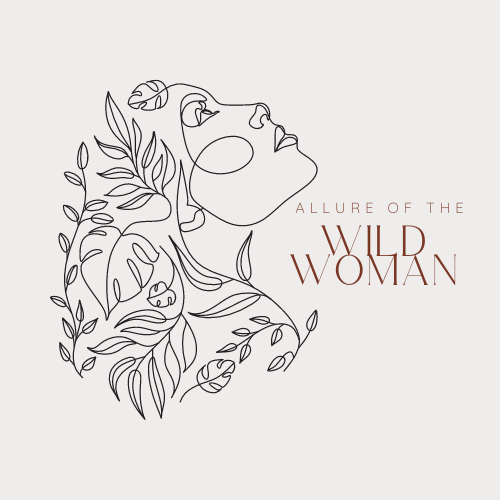Understanding Tone & Contrast
We all have that one friend that can make any beauty trend work. They bleach their hair one day and decide to go brunette the next. Somehow, they transition from pink to brown lip colors effortlessly. No matter what, the trends seem to cater to them and not the other way around.
How do they do it? It’s all about tone and contrast.
Undertone is key. According to MasterClass.com, “Undertone is the subtle natural color below your skin's surface. While skin tone refers to your skin color, undertone refers to the shade within that color.” Undertones are categorized by three types: warm, cold, and neutral. An important thing to consider is that people with the same skin tone can have different undertones.
Ever wonder why some colors of clothes just look better and compliment your eyes, skin and hair? Years ago there was a trend to choose a contrasting hair color to ‘neutralize’ your undertone, but what many people found was a muddy or washed out look.
A little more about the range of undertones: Warm undertones range from peach to yellow and golden. Cool undertones include pink and bluish hues. If you have neutral undertones, it means that the undertones are roughly similar to your actual skin tone.
“If you like the way traditional yellow gold looks on your skin, you’re more likely to have warm or olive undertones. Silver, platinum, and rose gold tend to flatter cooler undertones.”
Hypothetically, you want to go blonde. All over social media, your friends and favorite celebrities are rocking this bright blonde, Rapunzel in 2022 hair look. From your perspective, it feels like they are all rocking the same shade and that you would never be able to pull it off. That is furthest from the truth. According to InStyle.com, “Knowing where you fall in this [undertone] spectrum and choosing a hair color to compliment this tone, will give you the best results and vibrant color that enhances your overall appearance.” With a ton of options between hues and saturations, there is a blonde for everyone. The same goes for choosing to go darker. You may feel like if you decide to go too brown, it may make you look like a vampire from Twilight.
So, how do you find your undertones? There are several ways that you can do this from the comfort of…quite literally anywhere you are. You can assess your jewelry, with Healthline.com stating, “If you like the way traditional yellow gold looks on your skin, you’re more likely to have warm or olive undertones. Silver, platinum, and rose gold tend to flatter cooler undertones.” Another option is thinking about the color of your hair and eyes, with platinum and ash-colored dyes tending to complement cooler undertones, while mahogany and golden dyes usually look better if you have warmer undertones. These are fun ways to get a generalized understanding of your undertones, but it's extremely helpful to research color charts based on eye and hair color. These can offer a wide range of shades that you would never think to try.
Now taking this into consideration, there’s something else to consider…and that’s contrast.
Stay tuned for the next blog pairing this all together!



